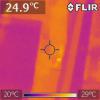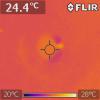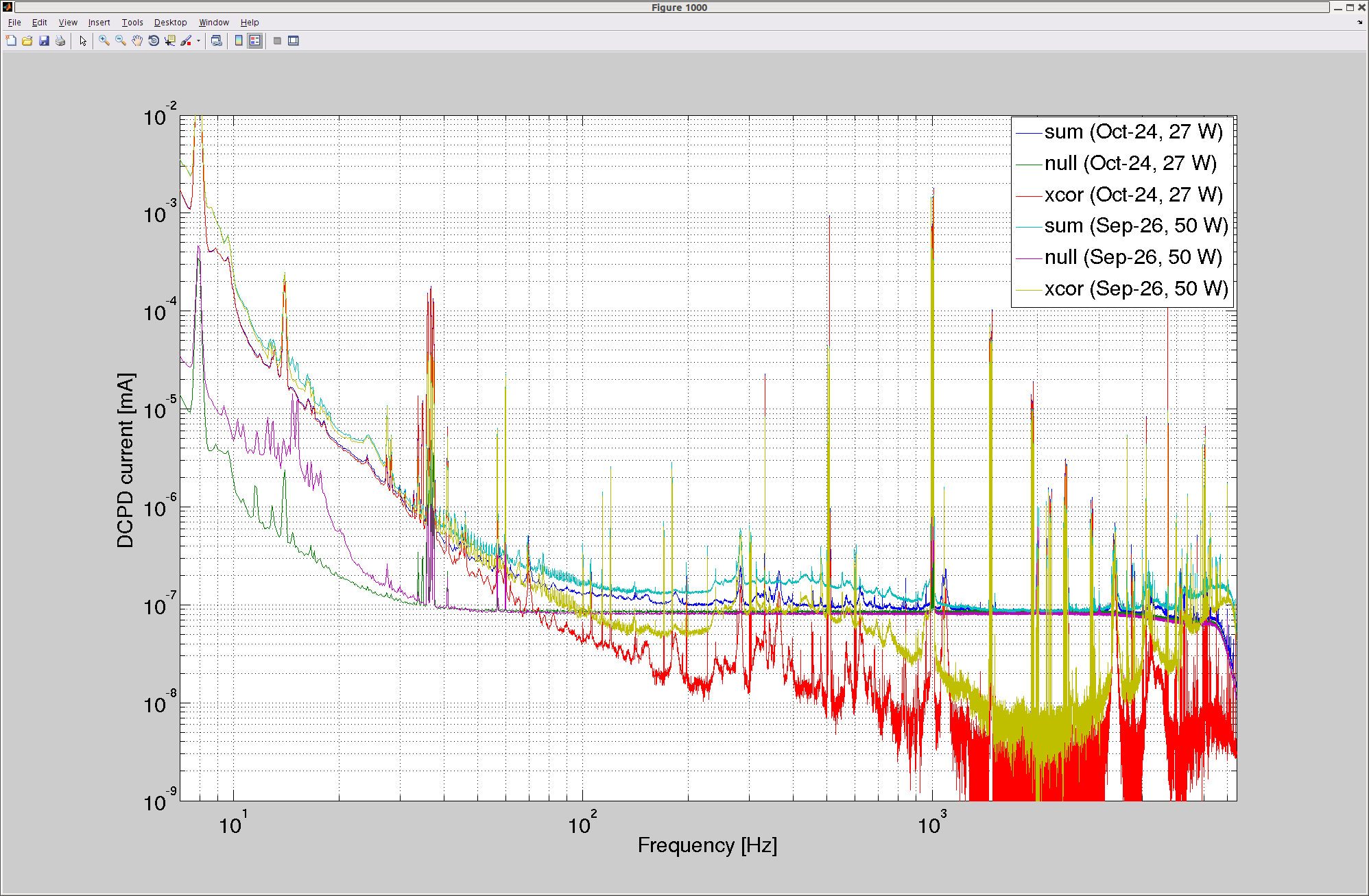Distribution of hours at which scratchy glitches occurred according to the ML output from GravitySpy. In addition, a histogram of amount of O1 time spend in analysis ready mode is provided. I have uploaded omega scans and FFT spectrograms of what Scratchy glitch looked like in O1.
For those of us who haven't been on DetChar calls to have heard this latest DetChar nickname... "Scratchy glitches?"
Hi Jeff,
Scotty's comment above refers to Andy's comment to the range drop alog 30797 (see attachment here and compare to Andy's spectrogram). We're trying to help figure out its cause. It's a good lead that they seem to be related to RM1 and RM2 motion.
"Scratchy" is the name used in GravitySpy for these glitches. They are called that because they sound like scratches in audio https://wiki.ligo.org/DetChar/InstrumentSounds . In FFT they look like mountains, or if you look closer, like series of wavy lines. They were one of the most numerous types of H1 glitches in O1. In DetChar we also once called them "Blue mountains." Confusing, I know. But there is a DCC entry disambiguating (in this case equating) scratchy and blue mountain https://dcc.ligo.org/LIGO-G1601301 and a further entry listing all of the major glitch types https://dcc.ligo.org/G1500642 and the notes on the GravitySpy page.































